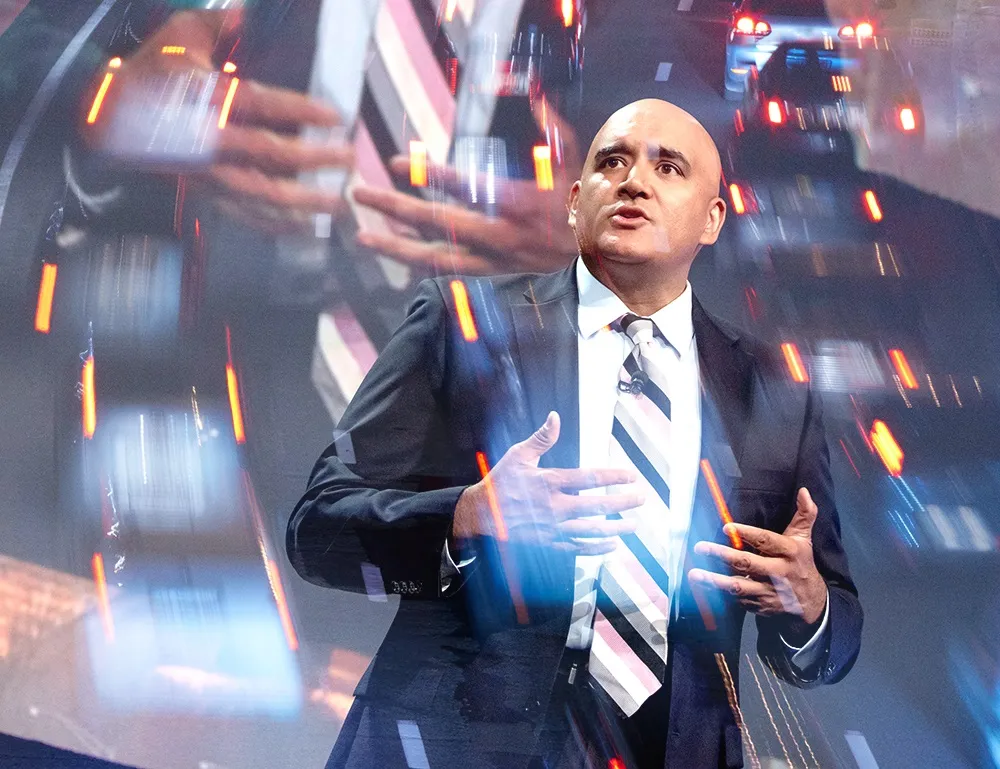At the Detroit Auto Show 2011,
"Our tests show it is vital to separate the batteries from the electric car's crumple zones to make it as safe as a conventional car. In Detroit we are the first car maker to show the world what a truly safe electric car looks like after a collision with high-speed impact," says Volvo Cars' president and CEO Stefan Jacoby.
The car on show had a fully charged battery when it was tested at Volvo Cars' crash test laboratory in early December 2010. The crash was a so-called offset collision in which 40 per cent of the front hit a barrier at 40 mph (64 km/h).
"The test produced exactly the results we expected. The C30 Electric offers the very same high safety level as a C30 with a combustion engine. The front deformed and distributed the crash energy as we expected. Both the batteries and the cables that are part of the electric system remained entirely intact after the collision," relates Jan Ivarsson, senior manager Safety Strategy & Requirements at Volvo Cars.
The structure of an electric car differs considerably from that of a conventional car - and the new components pose a number of fresh safety challenges. In order to give the Volvo C30 Electric a range of up to 95 miles (150 km) it is necessary to have a battery pack that weighs about 660 lb (300 kg) and this takes up far more space than a conventional fuel tank. Under the bonnet, the combustion engine has been replaced by a more packaging-efficient and lighter electric motor. What is more, the car has a 400 Volt high-voltage electric system.
"Our far-reaching research emphasises the importance of separating the lithium-ion batteries from the car's crumple zones and the passenger compartment. This is the same safety approach we apply with regard to the fuel tank in a conventional car. Another challenge is to reinforce the crumple zones at the front where the smaller motor occupies less space than usual," says Ivarsson.
In the Volvo C30 Electric the batteries are fitted in the traditional fuel tank position and in the tunnel area. The batteries are robustly encapsulated. Beams and other parts of the car's structure around the battery pack are reinforced. All the cables are shielded for maximum protection.
The crash sensor in the car also controls the fuses - and power is cut in 50 milliseconds in a collision by the same signal that deploys the airbags. The system has several fuses that cut directly if an earth fault is detected, such as a damaged cable coming into contact with the body frame.
In a conventional car, the combustion engine helps distribute the incoming collision forces. In the C30 Electric this task is performed by a reinforced frontal structure that also helps absorb the increased collision energy created as a result of the car's added weight.









